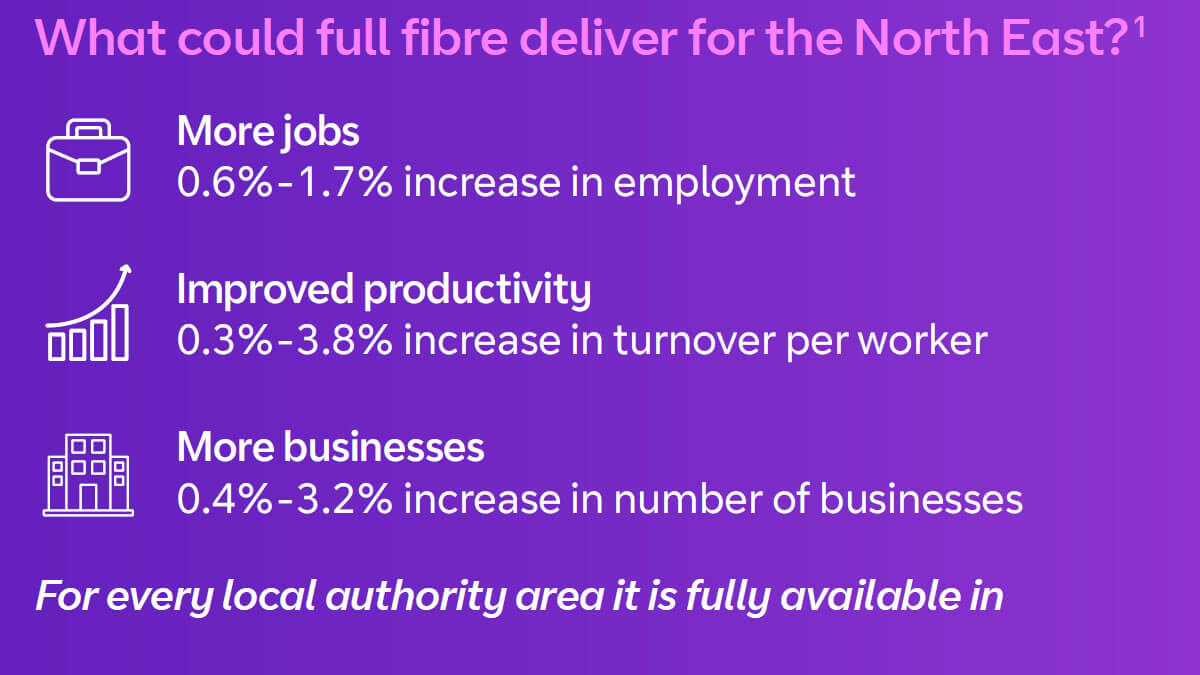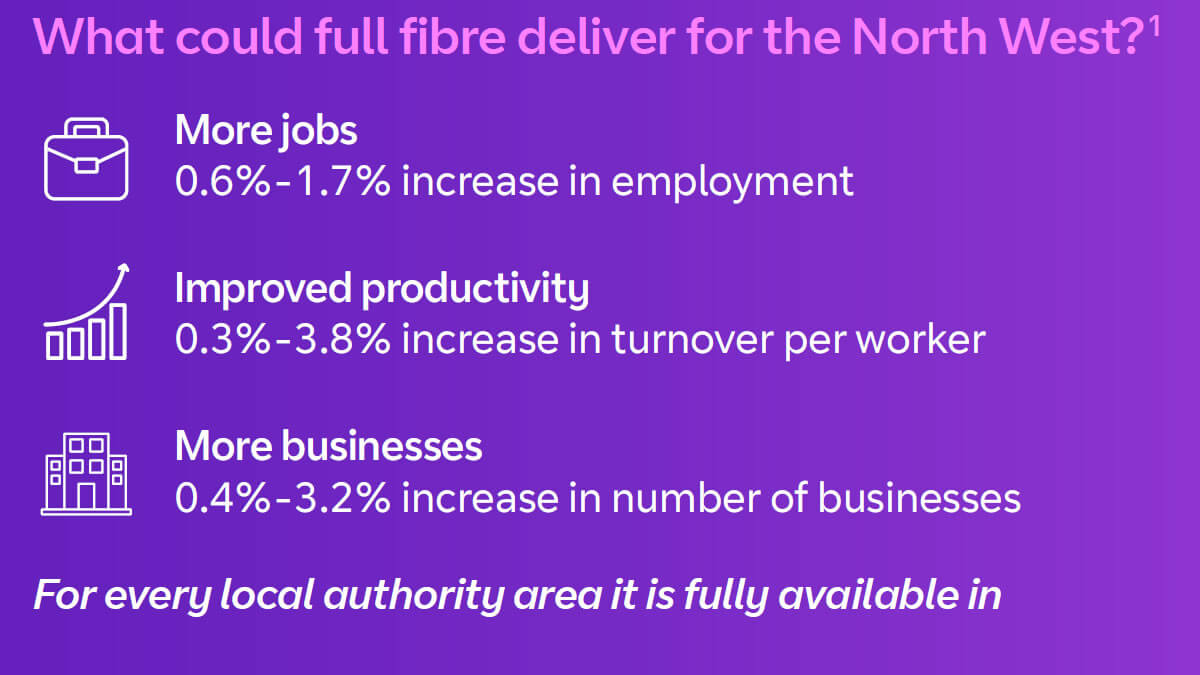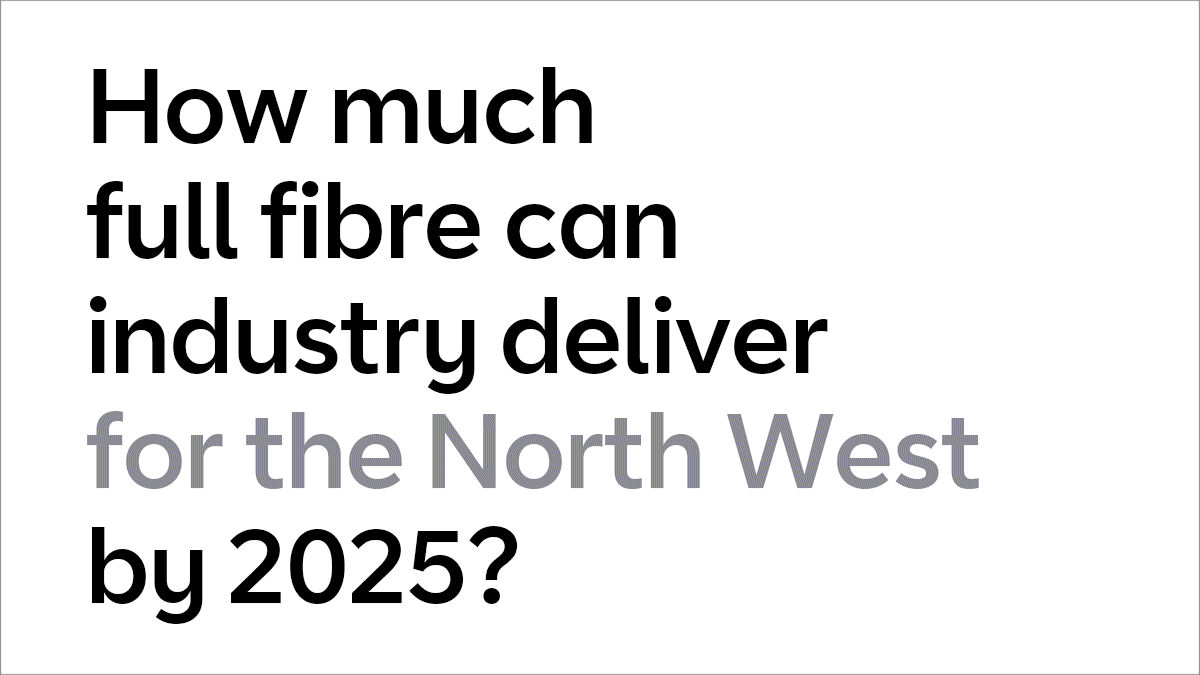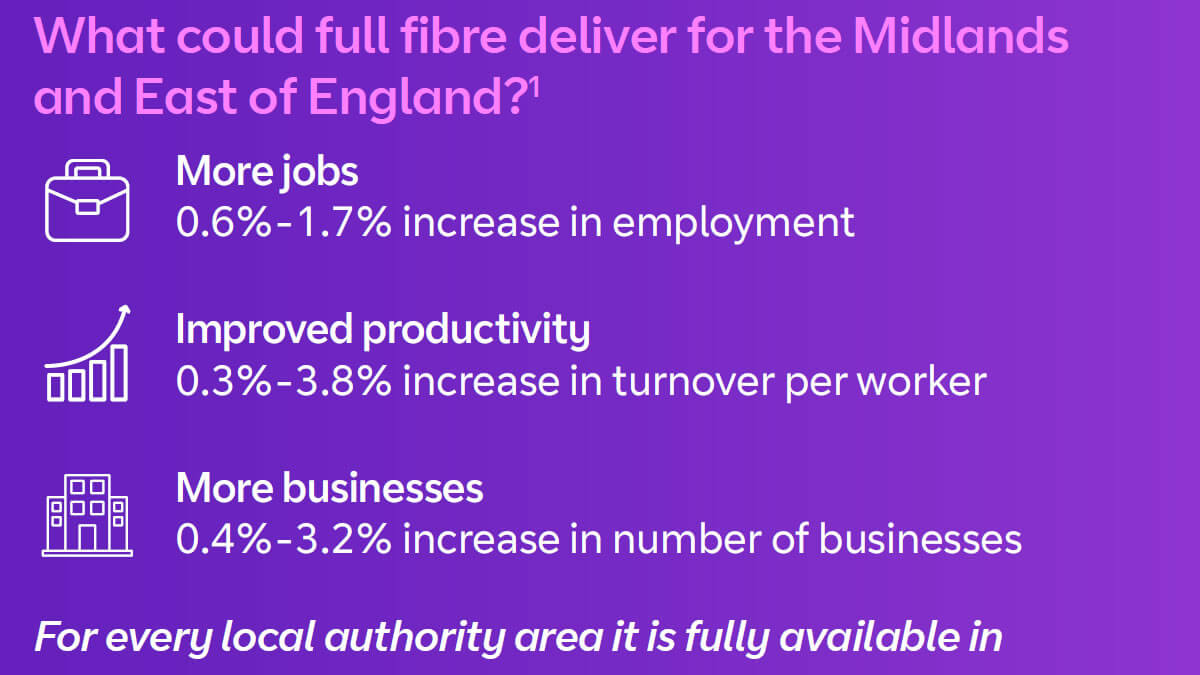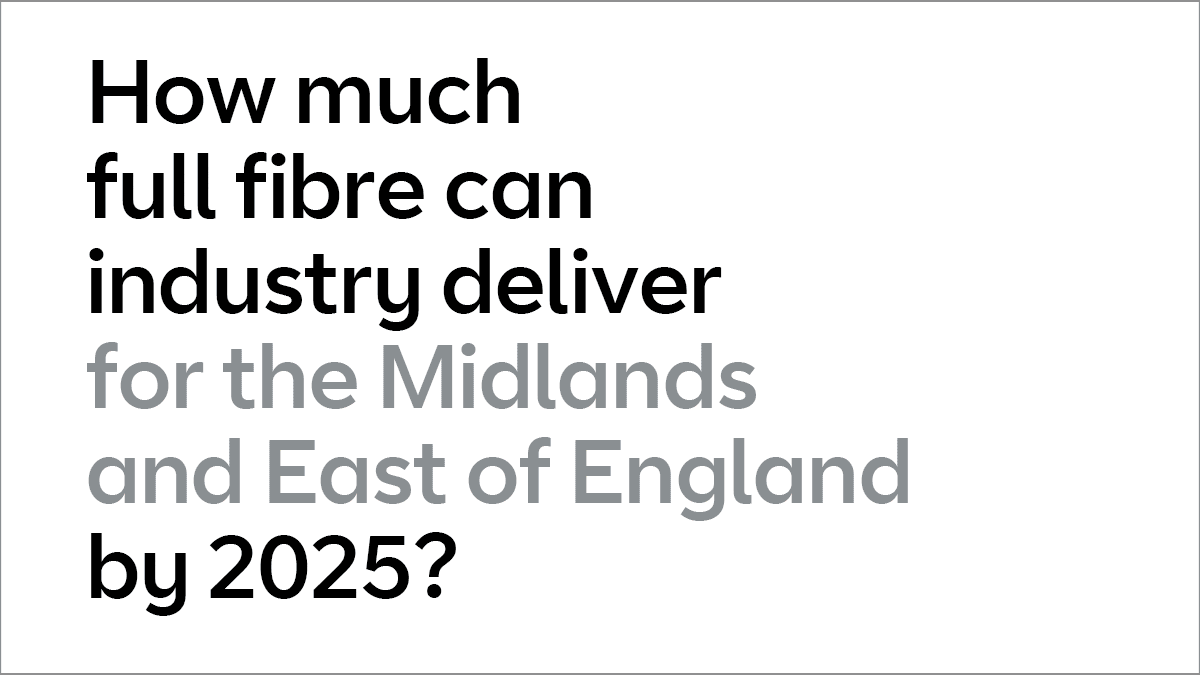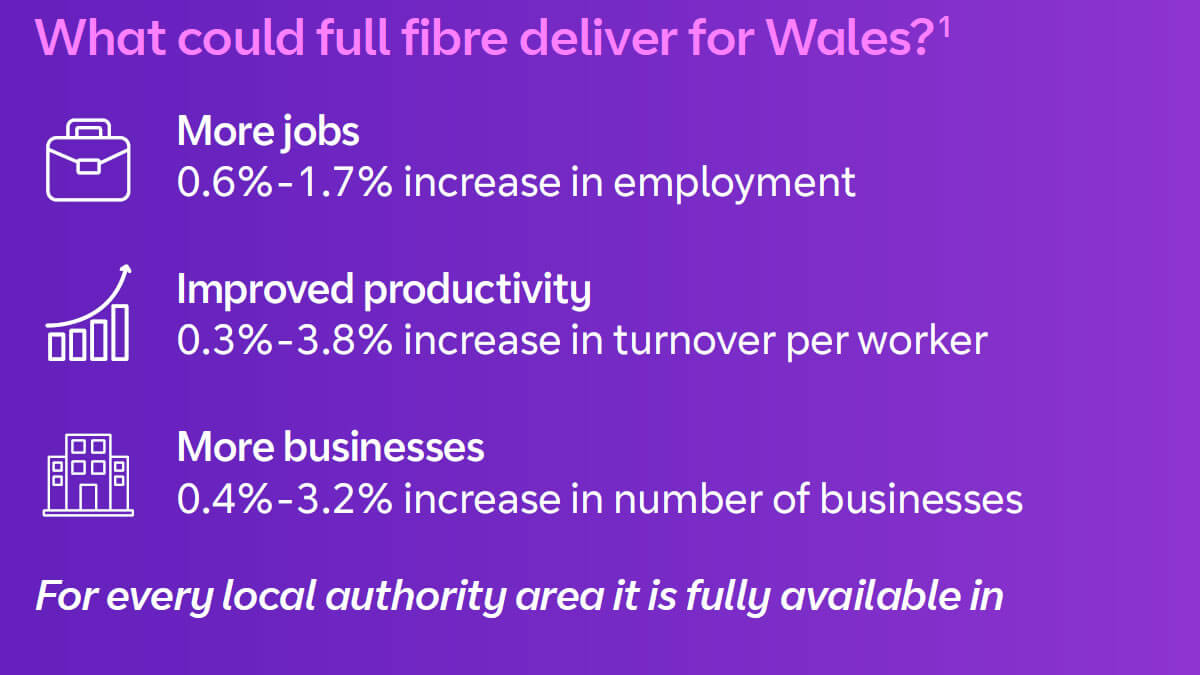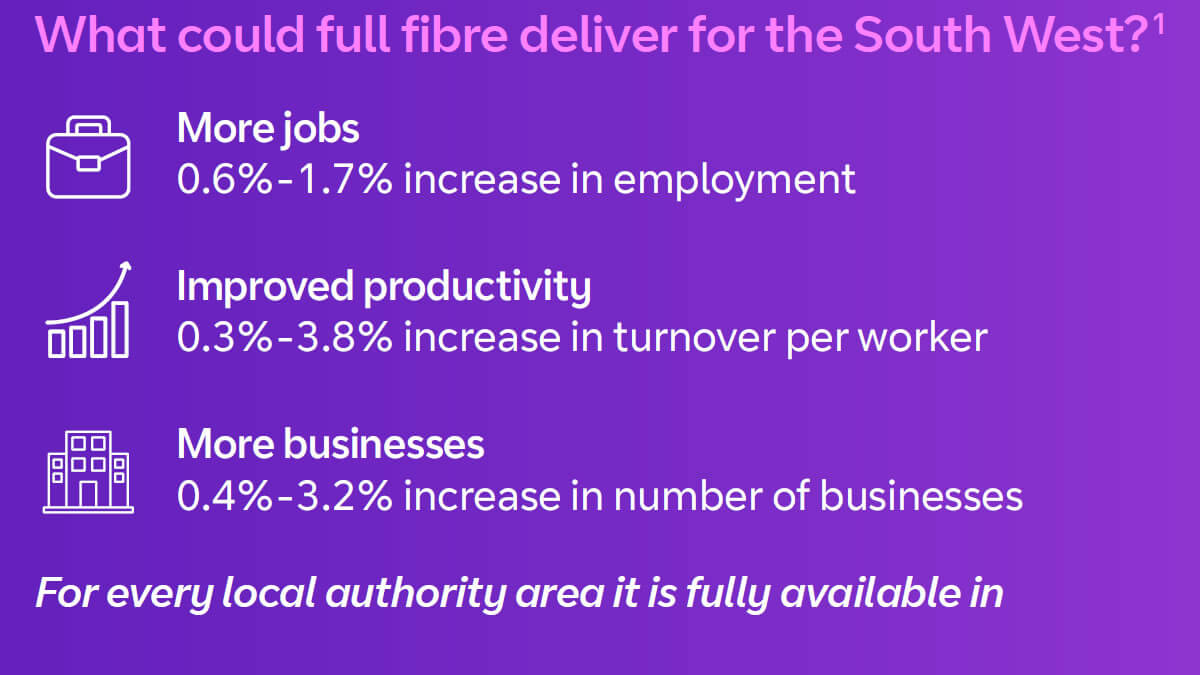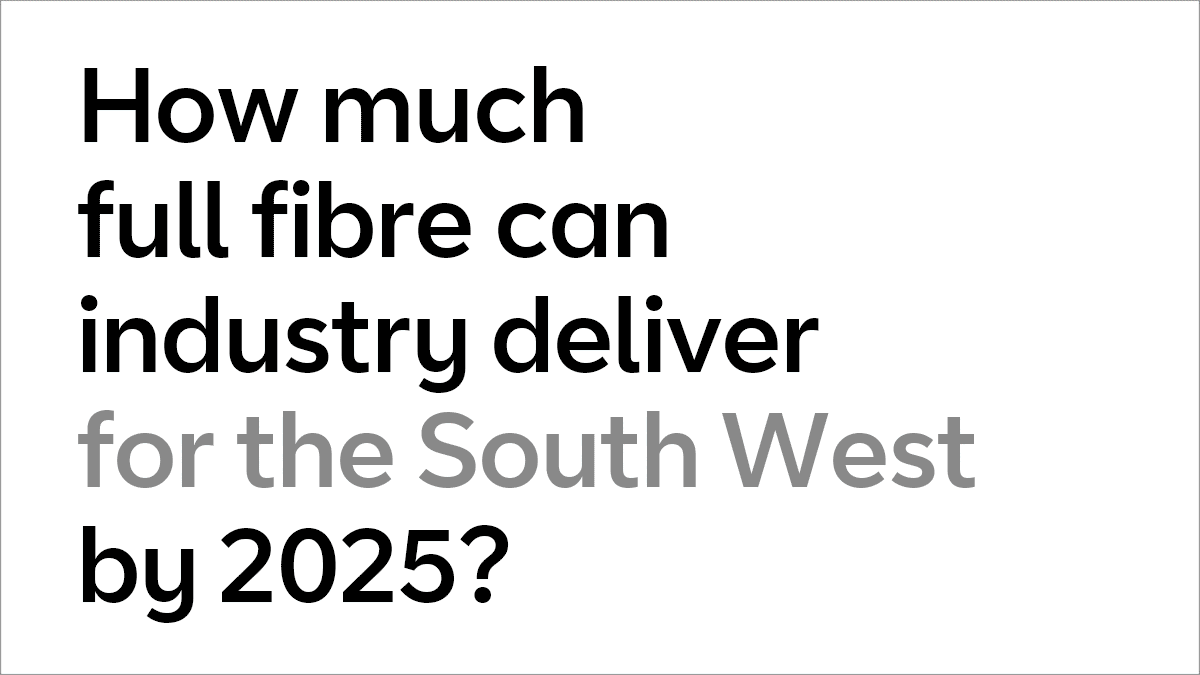The Government’s ambition is to bring full fibre and gigabit capable broadband to every home and business across the UK by 2025 and they made a commitment of £5 billion to support those that Openreach, and other network builders, can’t connect without public support.
It’s the right ambition. Gigabit-capable broadband can fuel the long-term post-Covid economic recovery; maintain the UK’s competitive position post-Brexit; and ensure we are better prepared for any future lockdowns and pandemics.
Achieving all this by 2025 is going to be tough. BT is investing £12 billion to help make it happen. But even funding on this scale won’t be enough. For industry to deliver what Government wants, the number of premises passed by UK fibre builders would need to increase to 4.3 million every year: more than twice what it is now. That won’t happen if we simply wait and see what the market delivers. It needs rapid action from government and regulators too.
We asked industry-leading analysts, Analysys Mason, to take a closer look at what the role of local and central Government should be.
They analysed all 1.7 million postcodes across the UK, and found that, on the current trajectory, full fibre coverage could reach only 70% of UK homes and businesses by 2025. Without policy interventions to enable industry, the Government’s target may not be delivered until 2033.
At the same time, the report shows that through a concerted action plan Government can get things back on track. View the full report and read on for the policies industry needs.

